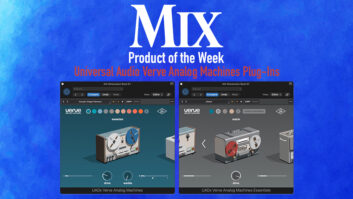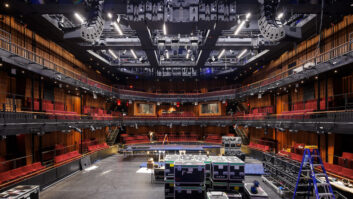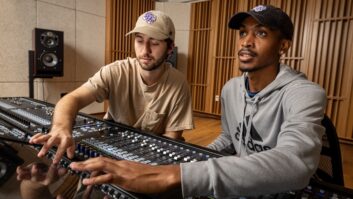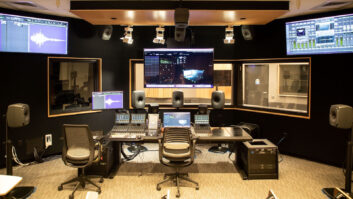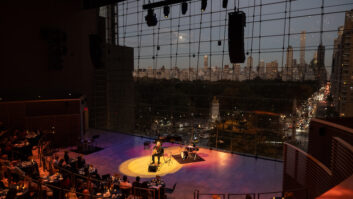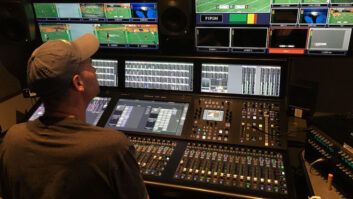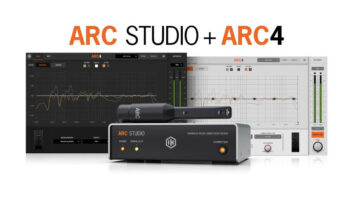ANN ARBOR, MICHIGAN: The Duderstadt Center on the University of Michigan campus is a unique facility, not only because it is outfitted with three API consoles. In addition to housing libraries for the Art, Architecture, and Engineering programs and various computing facilities, the Duderstadt Center also houses the Digital Media Commons, which now includes three audio creation, recording, and production rooms designed by Walters-Storyk Design Group. Two of the rooms are recent additions and, in conjunction with the original Audio Studio’s 48-channel API Vision console, feature a 32-channel API Vision console and a 16-channel API 1608. As one might expect, the sophisticated, yet easy to navigate, rooms are used for art, music, and recording classes and provide students with first-hand experience in professional facilities. Importantly, any University of Michigan faculty member, staff member, or student can receive training on the use of the Duderstadt Center facilities and then use those facilities for any purpose whatsoever, school-related or not.
“The Duderstadt Center functions more like a lab than it does a classroom or a commercial studio,” explained David Greenspan, managing producer, University of Michigan. “We complement the audio facilities with video production resources, including computer animation workstations, a video capture studio, and editing suites. Users can take their video projects directly into the audio rooms. We were careful to design the whole facility in a way that would effectively flatten the learning curve. We would much rather have our users creating inspired art than worrying about which buttons to push. Because all three audio rooms use API consoles, users can [easily] move between them.”
The smallest of the three rooms is lovingly referred to as EMS A, short for Electronic Music Studio A. It is organized around the API 1608 console, which features slots for any 500-series modular processor. EMS A employs that flexibility to offer users three flavors of compression in dual-channel pairs: two API 525s, two API 527s, and two Pendulum Audio OCL-500s. Monitoring uses a 5.1 combination of Adam full-frequency loudspeakers and Genelec subwoofers. The larger EMS B is organized around the 32-channel API Vision console, which was custom built by API to deliver either 7.1 or 8.0 surround sound via Genelec 1037 loudspeakers and subs. Comprehensive networking between EMS A, EMS B, and the original Audio Studio’s 48-channel Vision allow sharing of resources – and even synchrony for large and involved productions.
When deciding what consoles to install in the new rooms, many factors came into play. “First, I wanted to protect the University of Michigan’s investment,” said Greenspan. “Signal flow is signal flow, whether you’re working with an analog console or a digital console. But digital protocols change, and I couldn’t promise the provost that a digital console we installed today would still be relevant twenty years from now. With an analog heart, we can be flexible and stay current with the evolving digital technologies that surround it.”
Given the Duderstadt Center’s positive experience with the original API Vision console, Greenspan was inclined to fill the new rooms with API consoles as well. “When they go out of warranty, it will be less expensive to maintain a single manufacturer than it would be to maintain multiple manufacturers,” he said. “But it also makes the training less onerous and the transition from room to room much easier. That sounded like the most inspiring approach to take.”
ABOUT API (AUTOMATED PROCESSES, INC.)
Established more than 40 years ago, Automated Processes, Inc. is the leader in analog recording gear with the Vision, Legacy Series and 1608 recording consoles, as well as its classic line of modular signal processing equipment.
